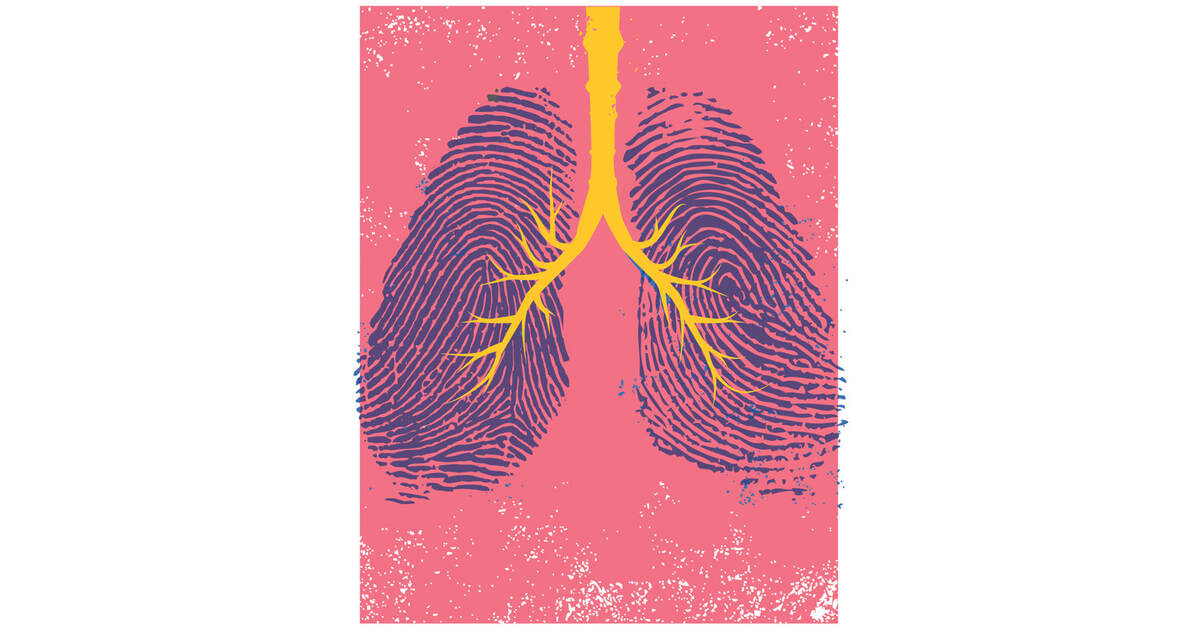Younger women are getting lung cancer at higher rates than their male counterparts, marking a concerning trend in the world of healthcare. Let’s unravel the reasons behind this disparity is paramount.
Why Are Younger Women Getting Lung Cancer More Than Men?
In recent years, a concerning gender disparity in lung cancer rates has emerged among individuals aged 35 to 54, with younger women being diagnosed at higher rates than men in the same age group.
While the overall incidence of lung cancer has decreased in the United States, this growing inequality has prompted researchers to seek answers.
Although lung cancer is traditionally associated with older male smokers, healthcare professionals are observing a rising number of younger patients, including nonsmokers, with the disease. Cigarette smoking remains the primary cause of lung cancer, and women’s slower success in quitting smoking has contributed to the disparity.
However, around 15 to 20 percent of lung cancer cases in women occur in nonsmokers, and the reasons behind this phenomenon remain elusive. Possibilities include secondhand smoke exposure and gender-specific variations in carcinogen metabolism.
Environmental factors also play a role, with air pollution potentially affecting women more profoundly, although the exact mechanisms are still under investigation. Residential radon exposure, another lung cancer contributor, yields mixed data.
Understanding these disparities remains a complex challenge, as Dr. Humberto Choi of the Cleveland Clinic emphasizes that “The differences are really not obvious,” leaving room for further research.
To address the disparities and promote early detection, experts recommend lung cancer screenings for those who meet certain criteria.
In 2021, the U.S. Preventive Services Task Force expanded its recommendations, advising individuals aged 50 to 80, who have a smoking history of at least one pack a day for 20 years and who currently smoke or have quit within the last 15 years, to undergo annual CT scans. Unfortunately, less than half of eligible individuals take advantage of this opportunity due to barriers, stigma, and fear.
Gender bias can also hinder testing, with women, particularly women of color, being less likely to be offered lung cancer screenings. This issue points to the importance of improving access and awareness.
To combat these disparities and ensure early detection, experts urge eligible individuals to undergo screening and encourage those with a family history of lung cancer unrelated to smoking to discuss their risk with a healthcare provider.
Awareness of potential symptoms is crucial, as lung cancer is typically diagnosed at an advanced stage. Common signs include persistent cough, upper back pain, shortness of breath, unexplained weight loss, hoarseness, and, in severe cases, coughing up blood.
As demographics change and lung cancer affects a broader spectrum of the population, it is crucial not to ignore symptoms that could lead to an early diagnosis and better treatment outcomes. Gender equity in lung cancer awareness and care is a pressing concern that requires ongoing research and increased screening participation to address effectively.








Leave a Reply
You must be logged in to post a comment.